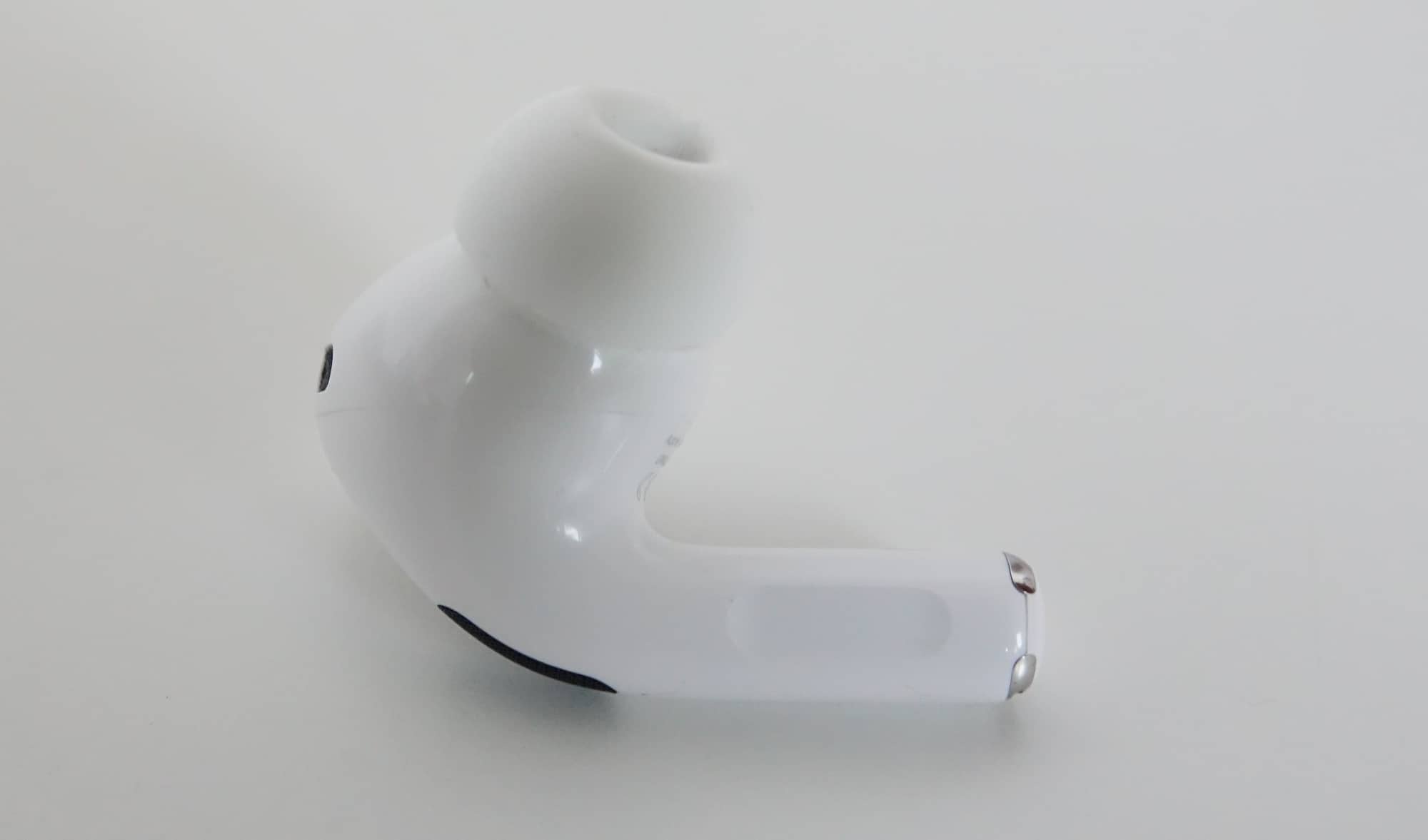High download speeds go part and parcel with 5G, but what about upload speeds? Telstra has been working on improving that, and has even hit a record.
It might not always seem like it, but your mobile is meant to download things quickly.
With plenty of 5G devices in Australia, and plenty of connection to those networks on offer across the country, the only dilemma you really need to grapple with is what you’ll be downloading when you have reach of a mobile network.
Granted, mobile connections will perform different based on a variety of factors, including your phone, your telco, your location, the proximity you have to a tower, how many other people are using the connection nearby, and more, not to mention the mobile technology your phone uses.
There are two types of 5G in Australia, made up of the more common sub 6GHz and the less common mmWave, which can only be found on Google Pixel Pro phones, including the Pixel 6 Pro, Pixel 7 Pro, and the Pixel 8 Pro.
While both 5G technologies are speedy, mmWave is often seen as the speedier of the two, but Telstra is doing some testing to show that the more common sub-6 still has plenty of power to work with.
This week, Telstra announced that it has hit a global record for 5G uplink speeds using sub-6, hitting 340Mbps.
In speed tests run during Pickr phone reviews, we’ve found regular 5G uplink speeds range from 30 to 50Mbps, which shows Telstra’s 5G uplink record is between 6 and 10 times faster. The speed difference is dramatically different coming from a 3G connection, with the result being 100 times faster, even if the comparison is moot, now that the 3G network is being switched off.
While megabits-per-second (or “Mbps”) isn’t a term most people speak, the translation into megabytes per second or “MB/s” is 42.5MB/s, making it just under 30 seconds to upload 1GB of data (1024MB).
At the same time, Telstra’s high-speed uplink result came alongside a downlink speed of 3.6Gbps, or 450MB per second.
“We are proud to be the first in the world to deliver this cutting-edge 5G uplink capability, which will give our customers an enhanced experience when sharing their content while they are out and about,” said Sri Amirthalingam, Executive for Global Networks and Technology at Telstra.
The downside of this test is what it means for Telstra customers right now, and the answer is not much. You need some pretty special technology to hit these speeds, with Telstra working with Qualcomm and Ericsson to make it happen.
However, it is an example of what sub-6 5G technology can do, and may mean faster speeds will be available for 5G customers in the coming months and years.






